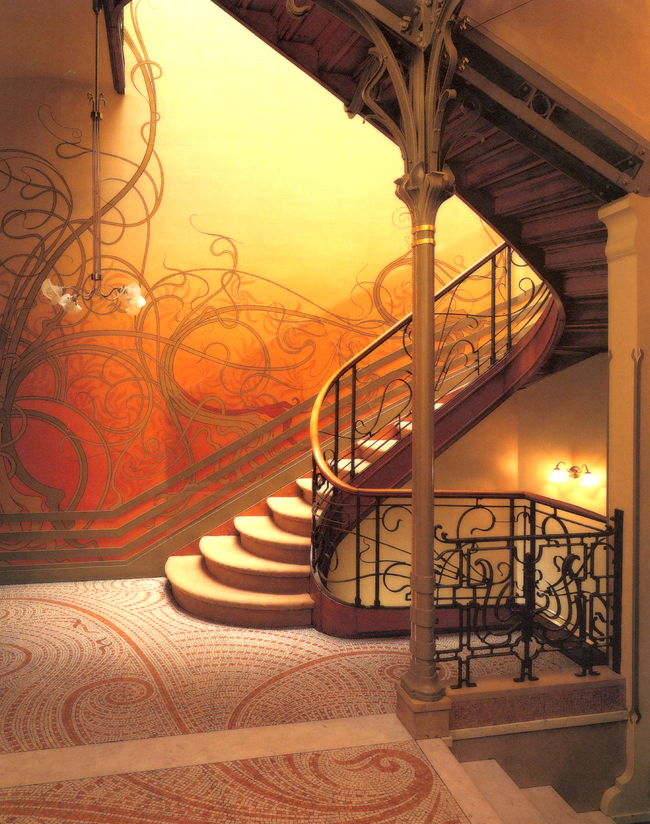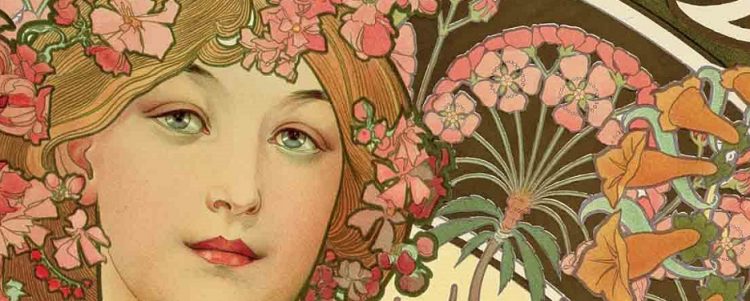
Art Nouveau Glass was part of a movement that spread across Europe between 1890 and 1905 and still echoes through some of today’s contemporary artwork.
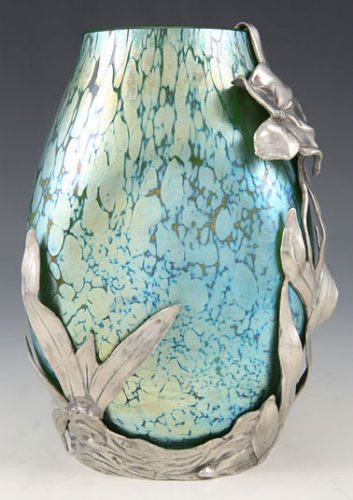
The style is based on organic forms and often portrays floral patterns and other natural shapes and patterns.
The evolution of glass technology really helped glass artists push the limits of what was possible with glass.
Art Nouveau style glass was typically larger than glass had been and had more lustrous colours and more depth of colour.
Many glass colouring and iridescent lustring processes have been around for some time – for centuries even – but Art Nouveau glass makers used iridescent processes and natural forms to their fullest potential.
Artisans used metal oxides to richly colour ornaments, lampshades, vases, stained glass windows, and other decorative items.
The movement took its name from a Paris shop; La Maison de l’Art Nouveau; a keen proponent of rising art styles.
At the World’s Fair in Paris in 1900, the Art Nouveau style was showcased and the ‘New Art’ became exceptionally popular.
The Fair was visited by over 50 million people and focused the attention of the world on this new Art Movement and brought it to the forefront of contemporary art.
The entrance to the Paris Metropolitan station was later redesigned in an Art Nouveau style.
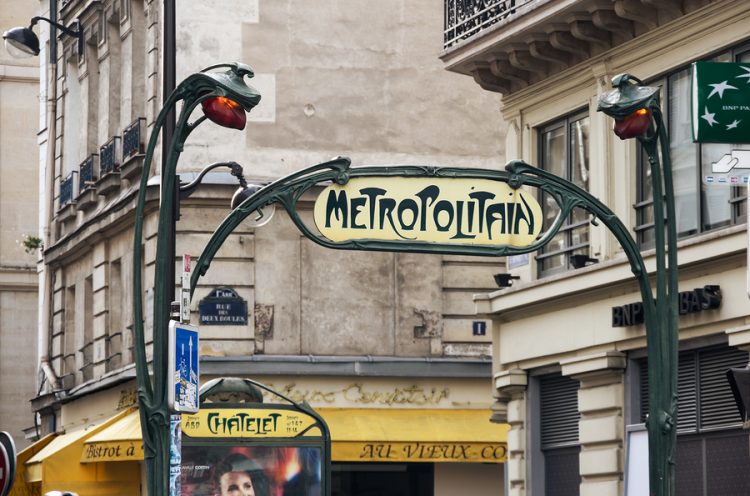
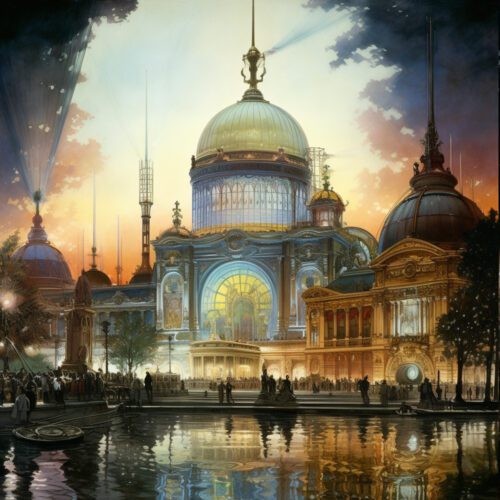
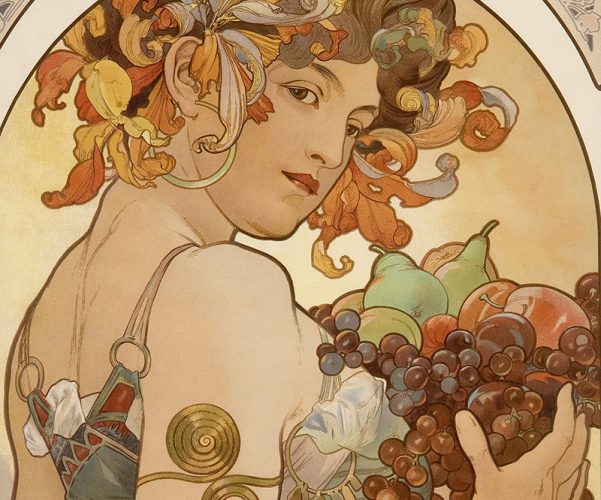
Art Nouveau’s foundations can be seen in the British Arts and Crafts movement led by Wiliam Morris, which focused on traditional hand-wrought items and spurned mass production.
From dragonfly jewellery to Tiffany lamps, Alphonse Mucha graphic art and grand Gaudi architecture; the influence of Art Nouveau spread far and wide.
As it was a well-travelled movement, each country had it’s own take on Art Nouveau, but a general trend was for highly decorative and flower-filled art with organic, curvaceous lines.
It delighted in nature, and Art Nouveau was often resplendent with flowing female locks of hair, stylized flowers, tendrils, and leaves—an art form in harmony with nature.
Art Nouveau Glass
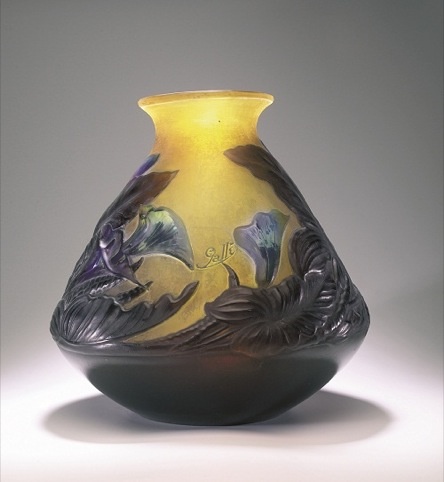 Many names are synonymous with Art Nouveau inspired Glass:
Many names are synonymous with Art Nouveau inspired Glass:
Czech (Bohemian) – Moser, Loetz, Kralik, Palda, Harrach, Pallme-König, Hoffman and Rindskopf.
US – Louis Comfort Tiffany and Thomas Dugan
UK – Thomas Webb, Richardsons, Charles Rennie Mackintosh and John Walsh
France – Lalique, Galle, Baccarat, Legras and Daum
Germany / Poland – Fritz Heckert, WMF Ikora, and Theresienthal
As well as using the motifs of nature, Art Nouveau-style glass sometimes used a feather-combed style with an iridescent finish.
Another beautiful feature of many pieces of Art Nouveau art glass is the embossed style, which gives the glass pieces a genuine depth.
As Art Nouveau glass evolved and changed, Art Deco evolved and carried the torch into the realm of Rene Lalique and a new era was born.

